By the time Japan surrendered on September 2, 1945, World War II had claimed 60 million lives and many of the world’s great cities. Each of the combatant nations had spent staggering amounts of money designing and building powerful weapons, and we’re here to look at some of the most influential. They may not be the best or the most destructive, but they’re the ones that did the most to shape the course of the conflict.
10. The Higgins Boat
Without the Higgins Boat, the D-Day landings might never have succeeded. In fact, President Dwight D. Eisenhower said in 1964 that designer Andrew Higgins was “ the man who won the war for us.”
Higgins had foreseen the need for an easy way to produce amphibious landing craft as soon as the war broke out. Correctly predicting that steel would be in short supply, he decided the boats would need to be built mostly of wood. To make sure he wouldn’t run short of wood he took the bold step of personally purchasing the entire 1939 crop of mahogany from the Philippines.
His design eventually won over naval chiefs, and more than 23,000 Higgins Boats were produced. They were designed to skim over the water and had a forward ramp which allowed troops or supplies to unload directly onto a beach. This saved many Allied lives in the Normandy landings and gave the Allies far greater flexibility in their planning, as it reduced the need to capture a port.
9. Katyusha Rocket Launcher
Hitler’s best (and perhaps only) chance of victory in World War II lay in defeating the Soviet Union quickly and decisively. For a while it looked as though his armies might do just that. On October 3, 1941, with his troops closing in on Moscow and Leningrad, Hitler felt confident enough to announce to the world via radio broadcast that “the enemy in the East has been struck down and will never rise again.” Hitler’s optimism proved to be misplaced — Russia was still fighting and had recently added a powerful new weapon to her arsenal.
The Katyusha rocket launcher, known as “Little Kate” to the Soviets and “Stalin’s Organ” to the Germans, was a terrifying new form of artillery. Usually mounted on the back of trucks, they were capable of unleashing an enormous amount of firepower in moments. Although lacking in accuracy, the Katyusha could lay waste to huge swathes of land and was rightly feared by German soldiers. Crucially, the weapon was cheap and easy to construct, a huge consideration in late 1941 when Russia was busy dismantling its heavy industry and relocating it out of reach of invading German armies.
8. Avro Lancaster Bomber
The bombers which Britain had available to them at the start of the war were, frankly, rubbish. The Avro Lancaster’s first incarnation was the two engine Avro Manchester, which wasn’t a great deal better. But Avro’s designers had faith in their aircraft, and rather than start from scratch they enlarged the wings and added an extra two engines. It worked beautifully, and the Avro Lancaster would go on to become the outstanding British heavy bomber of the war.
With the Lancaster entering service in 1942, the British were finally able to take the war to the Germans. Although historians are still divided on just how effective the Allied bombing campaign was, it’s certainly true that it forced Germany to divert considerable resources to defending their airspace. In addition to strategic missions, Lancasters also took part in various special missions. In 1943, it was a squadron of Lancasters that delivered Barnes Wallace’s famous bouncing bombs in the Dambuster raids, and later in the war they struck and sunk the German battleship Tirpitz. More than 7000 Lancasters were produced during the war, but almost half were lost to enemy action. There are now only two of the machines still capable of flying.
7. U-Boats
Germany didn’t have a strong enough navy to challenge the Allies at sea, so they hoped to use surface raiders, aircraft, and most of all submarines, to starve Britain of supplies and knock her out of the war. German U-boats proved to be devastatingly effective, sinking some 2,606,000 tonnes of Allied shipping in 1940 alone. Winston Churchill would later say that the only thing to frighten him in World War II had been the U-boat menace.
Although improved anti-submarine technology meant that the Battle of the Atlantic was effectively won for the Allies by early 1943, this doesn’t tell the full story. Research has shown that the Allies spent $26.4 billion to combat the threat posed by the U-boats. In contrast, the campaign cost the Germans $2.86 billion. In purely economic terms the campaign could be viewed as a success for the Germans, making the U-boat one of the most influential weapons of the war.
6. Hawker Hurricane
When France signed an armistice on June 22, 1940, it left Britain and her Commonwealth to stand alone against the might of Nazi Germany. Plenty of people didn’t think it would be much of a contest. Having presided over the failures of the French Army, General Maxine Weygand clucked, “Britain will have her neck wrung like a chicken.” Winston Churchill famously responded, “some neck – some chicken.” The British Prime Minister was determined Britain would survive, and the reason he could be confident were the squadrons of Spitfires and Hurricanes which were ready to do battle with the Luftwaffe in the skies of Southern England.
The Spitfire had a slight edge over the Hurricane in performance. However, there were more Hurricanes available, and it was this aircraft which would do the most to ensure Britain would emerge victorious in the Battle of Britain. Despite being constructed of fabric over a wooden airframe, the Hurricane was a modern high performance monoplane capable of competing with the excellent German BF109. Over the course of the battle, Hurricanes accounted for 55% of the downed Luftwaffe aircraft. Spitfires claimed 42%, with the remaining 3% falling to various other aircraft. By 1942, technology had moved on to the point where the Hawker Hurricane could no longer hold its own as an interceptor, but it continued to prove its worth as a fighter bomber and tank buster.
5. M4 Sherman Tank
The Sherman was by no means the best tank of the war. They were somewhat rushed into service and suffered badly against much heavier German tanks such as Tigers and Panthers. Their tendency for blowing up when hit led their American crews to grimly nickname them “Ronsons,” after a brand of cigarette lighter which was advertised as “lighting up first time, every time.”
However, while German battle tanks were expensive to build, difficult to repair and prone to mechanical faults, Shermans didn’t suffer from any of these weaknesses. They rolled off the production lines in such quantities that they were able to overwhelm the superior German machines. Shermans were used not just by the American armed forces but by the British and Soviets too. They played a crucial role in defeating Germany in the West and were also used in the war against Japan. Several variants were developed, including the excellent Firefly which mounted a powerful 17 pound gun. This version was so dangerous that German anti-tank gunners were told to concentrate their fire on these machines first.
4. 88mm Gun
This German artillery piece first saw action during 1936 in the Spanish Civil War, and remained one of the most important pieces of German weaponry throughout the course of World War II. Part of its strength lay in its versatility — it could knock out any Allied tank at ranges of a thousand yards or more, was a superb anti-aircraft weapon, could be used as general field artillery and later in the war was mounted on German tanks such as the fearsome King Tiger. It was originally conceived as an anti-aircraft weapon, and it was allegedly Hitler himself who suggested it be put to other uses.
The Germans produced something in the region of 18,000 of the 88mm guns during the course of the war. As bombing raids over Germany intensified in 1944 more and more of the weapons, which were desperately needed at the front, were diverted to defend the Reich from the streams of bombers which arrived day and night.
3. P 51 Mustang
The United States entered the war with the firm conviction that their bomber formations would be able to defend themselves in daylight raids over Germany. Experience soon demonstrated that this was far from being the case. Unescorted bombers proved to be sitting ducks for the nimble BF109s and Focke Wolfes which defended German airspace. If the bombing raids were to continue to strike at the heart of the Reich, a long-range fighter escort wasn’t just desirable but essential. By December 1943 the US Air Force had its answer.
The P 51 Mustang was one of the finest fighters of the war. It was able to escort bombers all the way to Berlin and back, and could also outperform almost any enemy aircraft it encountered. Such was the success of the P 51 that some sources credit it with as many as 19 kills for every Mustang lost.
2. Aircraft Carriers
At the outbreak of war, most naval strategists believed the big guns of battleships would dominate the conflict at sea. Whilst the major powers had built or were planning on constructing carriers, they were supposed to compliment the might of the battleships rather than usurp them.
Perhaps only the Japanese had grasped the full potential of aircraft carriers, and they unleashed them to devastating effect at Pearl Harbor. On December 7, 1941, 353 aircraft launched from six Japanese carriers to begin the attack which would transform a European conflict into a world war. The unprepared American fleet lost 49 ships and saw many more damaged. Although this was a huge blow, in a way the United States had been lucky — their own aircraft carriers had been out on maneuvers and had escaped the destruction. Had they been destroyed in harbor, the Japanese might have had a free hand in the Pacific for a year or more. As the war progressed, it became ever clearer that the age of the battleship had passed; aircraft carriers were now the most powerful weapon afloat.
1. T-34 Tank
The T-34 was first deployed in 1940, but didn’t reach the battlefield in any great numbers until late 1941. Their appearance proved to be a nasty shock for the Germans, with generals such as Heinz Guderian, the man who literally wrote the book on armored warfare, describing it as the best tank in service. According to Nazi ideology the Russians were supposed to be sub-human, yet they had produced a tank better than anything the Germans could throw into battle.
The new Russian tank was fast, maneuverable, able to deliver a hefty punch and employed sloping armor which caused most of the German shells to bounce right off. Although its battlefield domination didn’t last long, the T-34 remained a crucial weapon for the Russian armed forces throughout the entire war, and by 1945 it comprised 55% of their total armored forces. Without this superb machine it’s possible that the Wehrmacht may have succeeded in defeating Russia. This makes it easily one of the most influential weapons of World War II. By the end of the war more than 57,000 T-34s had been churned out of Russian factories, making it the most produced tank of the conflict.


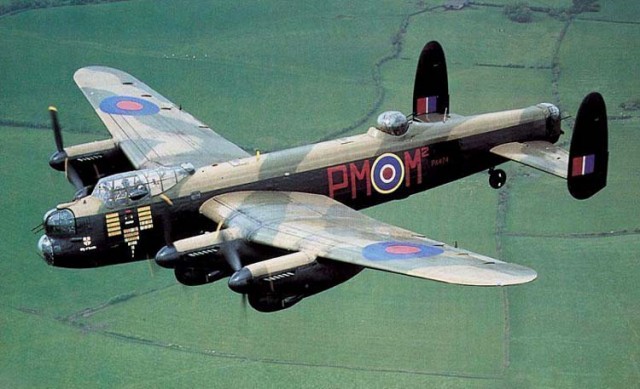
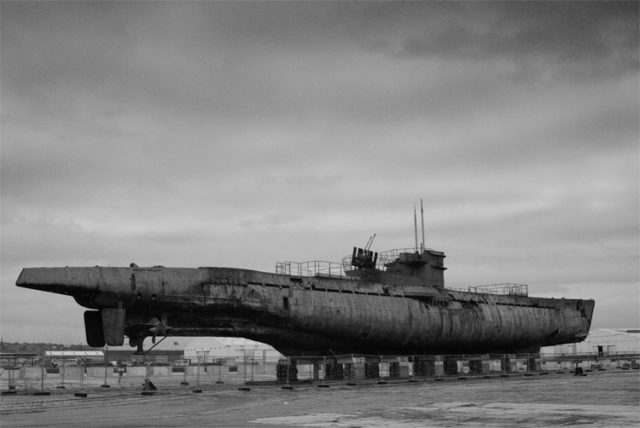
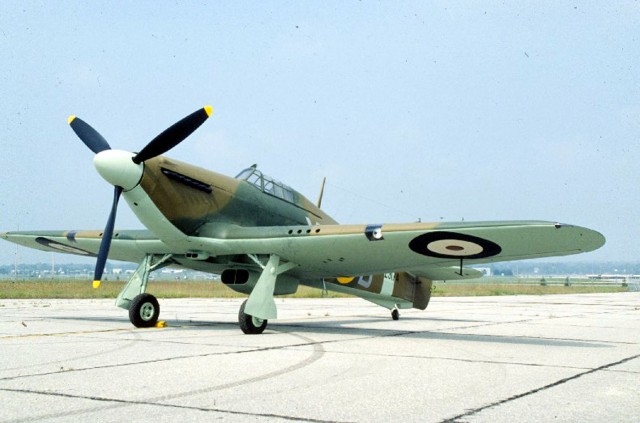

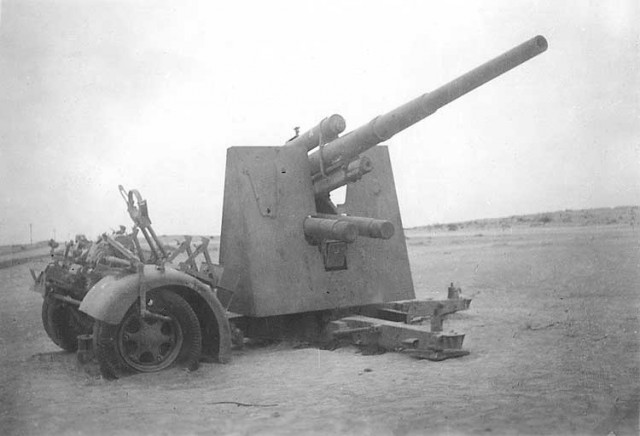
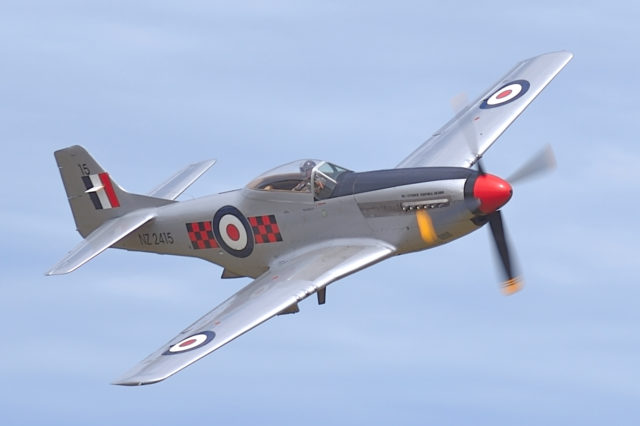
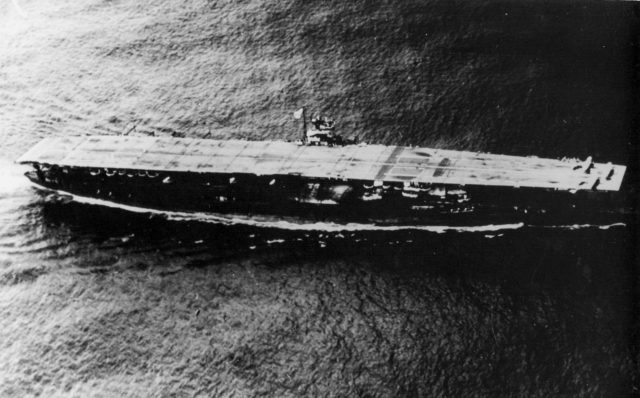

15 Comments
I do think the P51 is vastly overrated. There were many better planes. Also, what about sidearms which were surely influential. And where is the A bomb??
I agree on the P-51, and the same goes for the Merlin Spitfires. By the time the P-51 joined the party, the Luftwaffe fighter arm was just a sceleton of its former self with most of the pilots left either ex-bomber or inexperienced rookies who made the P-51’s look good.
The A-bomb was not really that influential because the Japanese already started peace negotiations before they were dropped, which were ignored by the Western Allies because they wanted to demonstrate the bomb.
You guys left out the most important game changer – the Soviet Il-2 Sturmovik ground-attack aircraft, considered by at least one author (Jason Nicholas Moore) to be responsible for at least half the Axis forces casualties on the Axis-Soviet front.
I would also like to add the Tiger Tank and P-47 Thunderbolt to the list. The Tiger was the first MBT, while The P-47 was the broom sweeper for the destruction of the Luftwaffe fighter arm on the Western Front. The P-51 rather came in later as the duster.
can i take some this article to my article ?
i will graft this site to my article
Panzer Tanks?
“Amateurs talk tactics. Professinals talk logistics.” -US Army saying.
Not as exciting, but I would include from a US perspective:
anti malaria drugs (like condoms, this kept many thousands of soldiers healthy enough to work or fight)
C-47 aircraft
2 and 1/2 ton truck (many given to USSR too)
Liberty ship
LST ship (designed by GB, built by GB and USA)
bulldozer (built roads, ports, airfields. Kept roads usable for high traffic in heavy vehicles.)
Honorable mentions:
Jeep
radar (especially for shipboard use)
howitzers-backbone of Soviet, US and English armies (Germany used them too but rarely had enough ammunition to use them like the Allies did)
mortars – one of the most common causes of Allied casualties
German landmines – ” ” ” “
The A bomb must have been the most destructive weapon.
I would suggest the weapon that had the most influence on the outcome of the war was the Anti-Submarine Destroyer employed by the British and Canadians navies, and later the US Navy, in the North Atlantic.
I would also go as far as saying the technology that had the biggest impact on the outcome of the war was ASDIC (sonar)
I would suggest further that the technology that had the
a few others
1 mg42
2 Messerschmidt bf109
3 sten gun
4 the Mosquito
5 The Panzerfaust
6 The hawker typhoon
7 M1 carbine
8 the shmessiser
A few others I would have considered:
1. Japanese Zero (already mentioned)
2. M1 Carbine
3. Mosin Nagant 91/30 and M38
4. The Atomic Bombs (arguably they had greater influence outside of WW2)
5. Walther PPK (again, same thing)
6. Karabiner 98k
7. Gewehr 98
8. Lee-Enfeild .303
Hi, Frank.
Thanks for reading. I did consider the V2s, but I left them off as they were never produced in enough numbers to have much influence on the course of the war. I’d even argue they helped the Allied cause more than the Axis powers – the money and resources invested in them far outweighed their significance in the conflict.
However, there’s no argument that in terms of lasting legacy they were one of the most influential weapons of the war.
No mention of atomic bombs? Fairly influential
You might say the similar things about V2 rockets
I agree, it ended the war. And crushed towns. Murica F ya.
I would have included the Japanese Zero on the list. But that’s just me.
My father flew the Lancasters during the war. When we were kids he used to take us to the annual airshow in our town (Hamilton, Ontario), which houses one of the two flying Lancasters. They were loud, powerful and absolutely awesome looking aircraft.